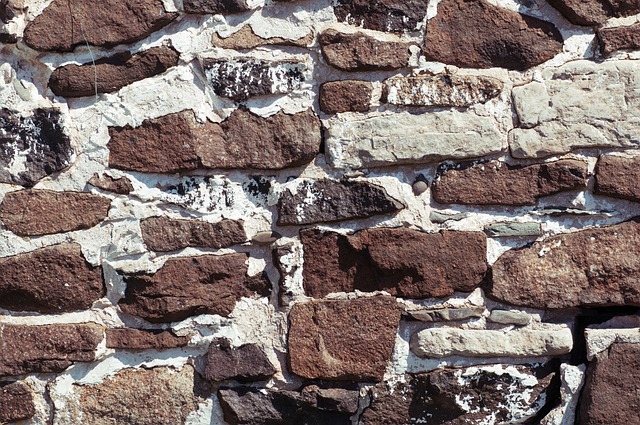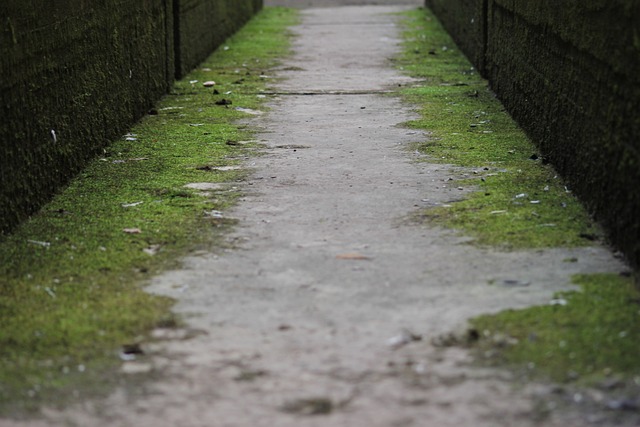Grout sealing is crucial for maintaining tiled surfaces by addressing grout's porosity, preventing water absorption, mold growth, and stain retention. Regular sealing enhances cleaning ease, repels liquids, and boosts visual appeal while extending tile lifespan. Key factors in choosing a sealer include grout material, space conditions, application method, and durability. Proper application involves thorough cleaning, even coverage, and following manufacturer instructions. Common mistakes include poor application and using the wrong sealant, which can lead to mold growth. Regular maintenance includes gentle cleaning, dehumidifier use, and promptly addressing damage or discolouration. Select qualified experts with positive reviews, certifications, experience, and guarantees for effective grout sealing to prevent mold and stains.
“Discover the power of reliable grout sealing experts in safeguarding your tile surfaces. This comprehensive guide explores the significance of grout sealing in preventing mold, mildew, and stains—common yet often overlooked issues. From understanding the fundamentals to choosing the right sealer and common mistakes to avoid, we equip you with knowledge. Learn how professionals ensure longevity through proper maintenance techniques. Don’t let unsightly stains or harmful growths go unnoticed; take control with effective grout sealing practices.”
Understanding Grout Sealing: Why It's Crucial for Tile Surfaces

Grout sealing is an essential step in maintaining the cleanliness and aesthetics of tiled surfaces. It involves applying a protective coating to the grout lines, which acts as a barrier against moisture, dirt, and other contaminants. This process is crucial because grout, being porous, can easily absorb water and stains, leading to mold growth and discolouration over time. Regular sealing can prevent these issues, ensuring your tiles remain vibrant and in top condition.
By sealing grout, you create a non-porous surface that repels liquid and makes cleaning easier. This is particularly important in areas like kitchens and bathrooms where grout is constantly exposed to water vapour and potential stains from food, soap, and other substances. Grout sealing not only adds visual appeal but also increases the longevity of your tile work by protecting it from damage caused by moisture intrusion.
The Hidden Dangers of Unsealed Grout: Mold, Mildew, and Stains

Unsealed grout can pose significant risks to your home’s interior, often hidden from immediate view but constantly brewing potential dangers. Over time, the tiny gaps between tiles become breeding grounds for mold and mildew, which not only threaten the structural integrity of your walls or floors but also have adverse health effects on occupants. These microscopic organisms proliferate in dark, damp environments created by unsealed grout, leading to respiratory issues and allergies. Moreover, unaddressed grout can stain easily, discoloring your tiles and creating an eyesore that compromises the overall aesthetics of your space.
Regular Grout Sealing is a proactive measure against these hidden dangers. By applying a protective layer, you create a barrier that prevents moisture from seeping into the grout, thus halting mold and mildew growth. This simple yet effective step not only ensures the longevity of your tiles but also maintains the health and beauty of your living spaces. Investing in quality grout sealing services is a wise decision for any homeowner aiming to safeguard their investment and enjoy a stain-free, mold-free environment.
Choosing the Right Grout Sealer: Factors to Consider

When selecting a grout sealer, several factors come into play to ensure effective protection against mold and stains. First, consider the type of grout you have—natural stone, ceramic, or porcelain—as different sealers may be formulated for specific types. Some sealers are versatile and suitable for all grout materials. Next, evaluate your space’s unique conditions; high-moisture areas like bathrooms or kitchens might require more robust, water-resistant sealers compared to lower-humidity environments.
Additionally, think about the sealer’s application method—spray, brush-on, or roll-on—and its durability. Some products offer long-lasting protection that can withstand daily exposure to water and stains, while others might need more frequent reapplication. Always read product labels for clear instructions on usage, drying times, and recommended intervals for touch-ups, ensuring you get a sealer that aligns with your needs for grout sealing to prevent mold and stains.
Step-by-Step Guide: Applying Grout Sealer Like a Pro

Applying grout sealer like a pro is essential for preventing mold and stains, ensuring your tiles look fresh and new for years to come. Here’s a step-by-step guide to help you achieve expert results. First, prepare the surface by thoroughly cleaning the tile and grout with a mild detergent and warm water. Ensure all residue is removed before proceeding. Next, dry the area completely to avoid any moisture interference during application.
Spray or brush on the grout sealer, making sure to coat both the tiles and the grout lines evenly. Allow the sealer to dry according to the manufacturer’s instructions, usually around 24 hours. After drying, inspect your work for any missed spots and apply additional coats if necessary. By following these simple steps, you can effectively seal your grout, protect against mold and stains, and maintain a clean, attractive tile space.
Common Mistakes to Avoid During Grout Sealing

When it comes to grout sealing, there are several common mistakes that homeowners often make which can compromise the effectiveness of the process. One of the most important aspects of grout sealing is ensuring thorough coverage. Neglecting to apply sealant evenly or missing certain areas can leave your tiles vulnerable to mold and stains. It’s crucial to pay close attention to corners, edges, and all nooks where water can accumulate.
Another mistake to avoid is using the wrong type of sealant for your specific grout material. Different grouts require different sealants to achieve optimal protection. Using an inappropriate sealant can lead to poor adhesion, premature wear, and eventual mold growth. Always consult with professionals or check the manufacturer’s guidelines to determine the best sealant for your grout type, ensuring long-lasting protection against moisture and stains.
Maintenance Tips for Longevity of Sealed Grout

Regular maintenance is key to ensuring your grout sealing lasts, ultimately preventing mold and stains. A simple and regular cleaning routine with a mild detergent and a soft-bristled brush will help remove any dirt or debris that may accumulate. Avoid using harsh chemicals which can erode the sealant over time. Additionally, keeping an eye out for any signs of damage or discolouration is crucial; prompt action on these issues can save you from major repairs later.
One often overlooked aspect is controlling moisture levels. Grout is porous and can absorb water, leading to staining and mould growth. Using a dehumidifier in damp areas, like bathrooms, and promptly drying surfaces after showering or bathing, will significantly prolong the life of your grout sealing. Regular inspection and addressing any issues immediately will contribute to maintaining a healthy, stain-free environment.
Finding Reputable Experts: Ensuring Quality and Reliability

When seeking reliable grout sealing experts, it’s crucial to conduct thorough research to ensure quality and reliability. Start by checking online reviews and ratings from trusted platforms to gauge the reputation of potential candidates. Look for companies with consistent positive feedback, especially regarding grout sealing services as a means to prevent mold and stains. Word-of-mouth recommendations from friends or family who have recently undertaken similar projects can also be invaluable.
Additionally, verify the experts’ qualifications and experience in grout sealing. Reputable professionals should be certified and well-versed in the latest techniques and materials used for effective protection against mold and stains. Ensure they offer guarantees on their work to demonstrate confidence in the quality of their services.
